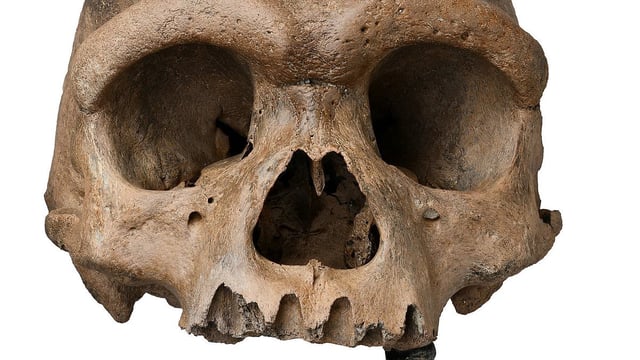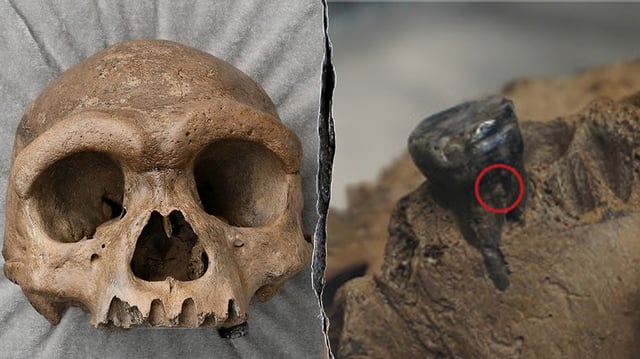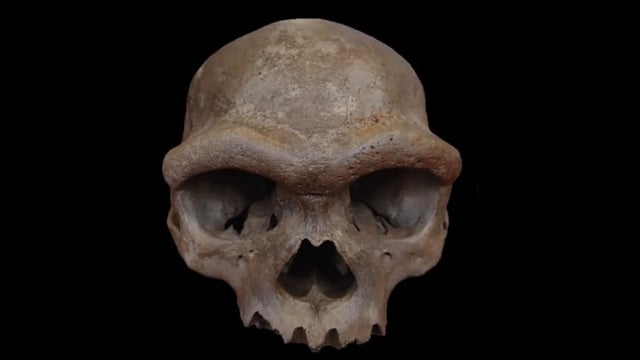Overview
- The skull was unearthed near Harbin during 1933 bridge construction and remained hidden until its donation to Hebei GEO University in 2018.
- Palaeontologists initially named the fossil Homo longi in 2021 based on its unique morphology.
- June 2025 studies leveraged ancient protein sequencing and DNA extracted from calcified dental plaque to confirm its Denisovan origins.
- The specimen, dated at least 146,000 years old, exhibits a prominent brow ridge and a brain volume comparable to modern humans and Neanderthals.
- The validated skull provides a critical baseline for recognizing other Denisovan fossils and expands understanding of their Asian distribution.



